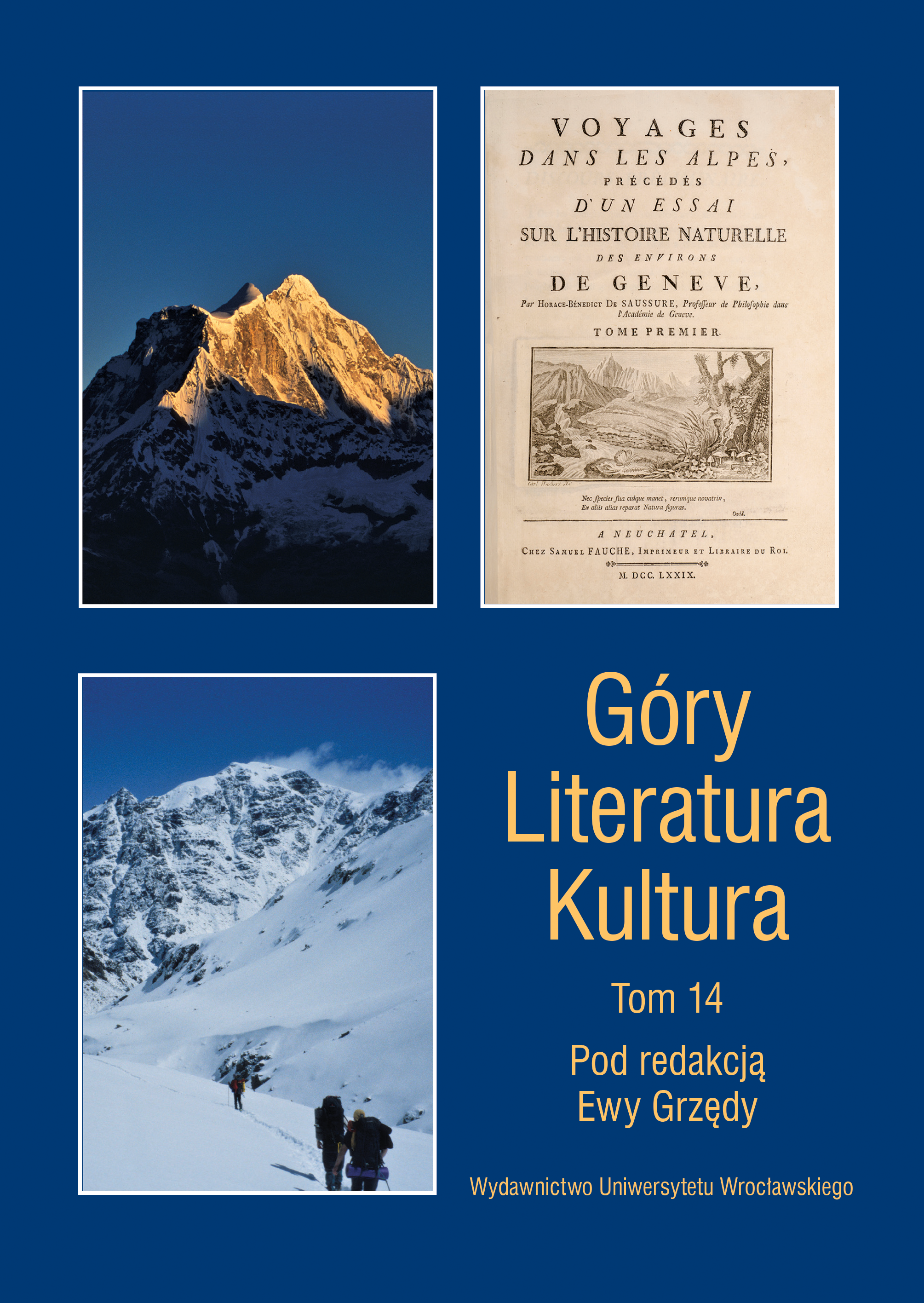

Studies and sketches

Non-human residents of the mountains as well as exciting encounters with them are the subjects of two types of accounts: naive and sophisticated. The former is associated with the perspective of a carrier of folk tradition; it reveals a collective point of view, it is a “local” story rooted in specific cultural tradition supported by the experience and testimony of the local authorities. A sophisticated narrative is characteristic of original texts thematically linked to the mountains and mountaineering. While folkloristic texts are dominated by a tendency to identify the extraordinary event narrated with a traditional cultural pattern and its peculiar precedents (a whole series of similar events attested by reliable witnesses), in literary works (by, for example, Rafał Malczewski, Wawrzyniec Żuławski or Jan Długosz) the narrator focuses on his own experiences, sensations and emotions, on presenting his own vision of the event, often with a characteristic question mark concerning the status of the reported events. Yet both types of accounts — taking into consideration obvious cultural differences and in the case of literary works also those relating to the sphere of writers’ intentions — seem to share the universal human need to experience a particular kind of fear defined by Rudolf Otto as misterium tremendum. It denotes the eternal human fascination with the sphere of the uncanny, related in the case of the Tatra tales under analysis to a peculiar intuition — demonstrated in them – of the presence in the mountains of supranatural beings, demons and ghosts.